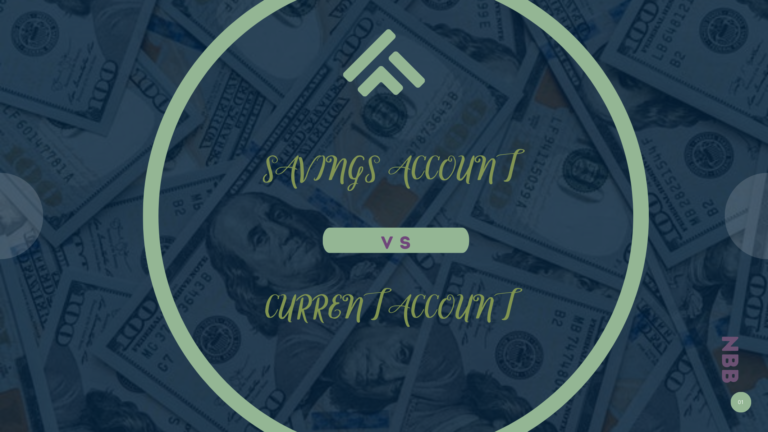6 Key Ratios That You Must Look For Before Buying A Stock In 2023
As much as there are many ratios that you could look for when buying a stock. However, there are many basic ratios that you must take into account for buying a stock. Here are 6 ratios you must take into consideration:
Earnings per share or EPS: This is the ratio of net profits to the total shares that are outstanding. Let us explain this with an example. Let us say a company XYZ has a total share capital of N10, comprising 1 outstanding shares of 10 each and the net profits is 15.

We take the net profits and divide it by the number of outstanding shares. So, in this case we take the net profit of 15 and divide the same by 1 to arrive at an EPS of 15. So, in short, it would be 15/1 = 15. Why EPS is important is because it helps to arrive at the p/e ratio, which we shall take next.
Price to earnings ratio: This is another important ratio when determining the price of shares and stocks. Price to earnings ratio or p/e ratio is nothing but the current market price of a share divided by the EPS.
Let us say that the company XYZ mentioned above has a current market price of 90. Now, as found out that the EPS of the company is 15. So, we take the current market price of 90 and divide the same by the EPS. So, in short P/E = CMP/EPS.
So, in this case, it becomes 90/15= 6.
So, we can say that the P/E of the company is 6.
A lower p/e ratio means the stock is available at attractive valuations, if other parameters are good enough.
Dividend yield: Dividend yield can best be explained with an example. Say, you bought 100 shares at a price of 10 and the cost is 1,000.
Now, if the company declares a 1 dividend per share, you get 100, since you own 100 shares. So, your dividend yield becomes 10 per cent, because you get back 100 in dividends on a cost of 1,000 paid.
In most cases you do not get such high dividends and dividends yields are very low and could range between 1 to 5 per cent. Dividends are also tax free up to a sum of 10.
Return on Equity: Return on equity is nothing, but the amount of money that the company generates on the equity share capital of the company. So, you can take it as the net profits divided by the share capital of the company. One important thing to note is that you should not take the preferred share capital and only the equity share capital. If new shares are issued then take the weighted average.
Book value per share: This is another very important measure or tool that is used before analyzing a share. Any share that is below book value is considered as a good share to buy. For example, at the moment government banking shares are available at prices that are below book value.
Book value= shareholders fund/total number of equity shares.
On the other hand shareholders funds are got by adding the equity share capital and the reserves of a particular company.
Return on Capital Employed (ROCE): If you have higher profits on a lower capital, your ROCE is said to be better. Let us give an example. If company X has an Earnings Before Interest and Tax (EBIT) of 100 crores on a capital of 200 crores, than the ROCE is 50%.
On the other hand, if company B has an EBIT of 50 crores on a capital of 200 crores, the ROCE is just 25%. So, X is better than Y when it comes to the ROCE.






